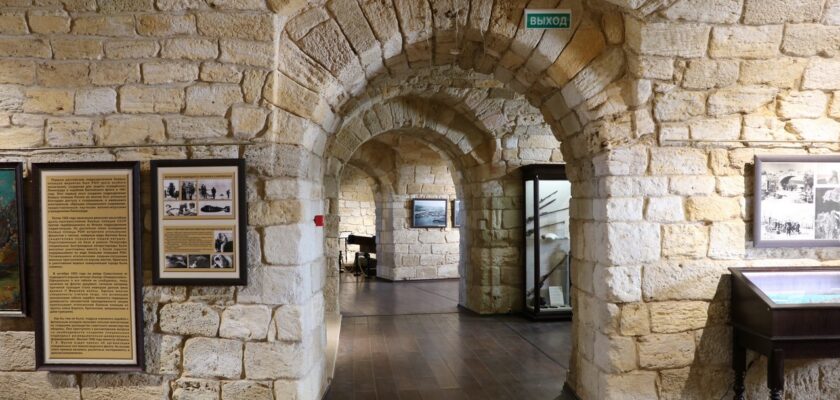Konstantinovskaya Battery
Konstantinovskaya Battery is a unique museum and exhibition complex on the North side of Sevastopol. It is a symbol of Crimea, occupying a prominent place among the memorial and historical sights of the peninsula. Being one of the oldest preserved buildings of Sevastopol and the longest casemated structure, Konstantinovsky Battery attracts the attention of tourists of different ages and is an authentic museum. The casemates house several historical expositions that will not leave any visitor indifferent.
.
Today, the museum and exhibition complex, built in the form of a horseshoe, is one of the main elements of the city landscape, but during the Crimean and Great Patriotic Wars, the battery was an important outpost that closed the entrance to Sevastopol Bay to enemy ships and protected the city from invaders.
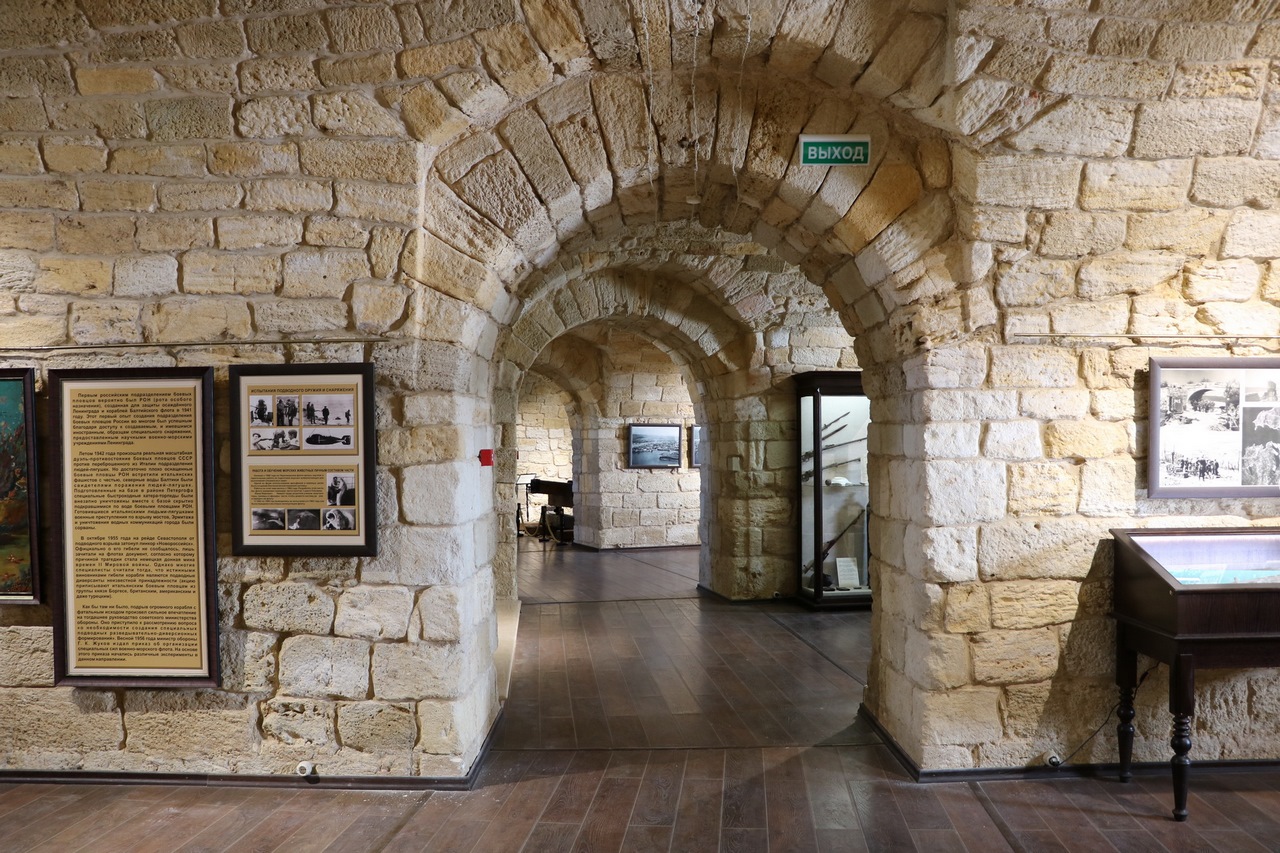

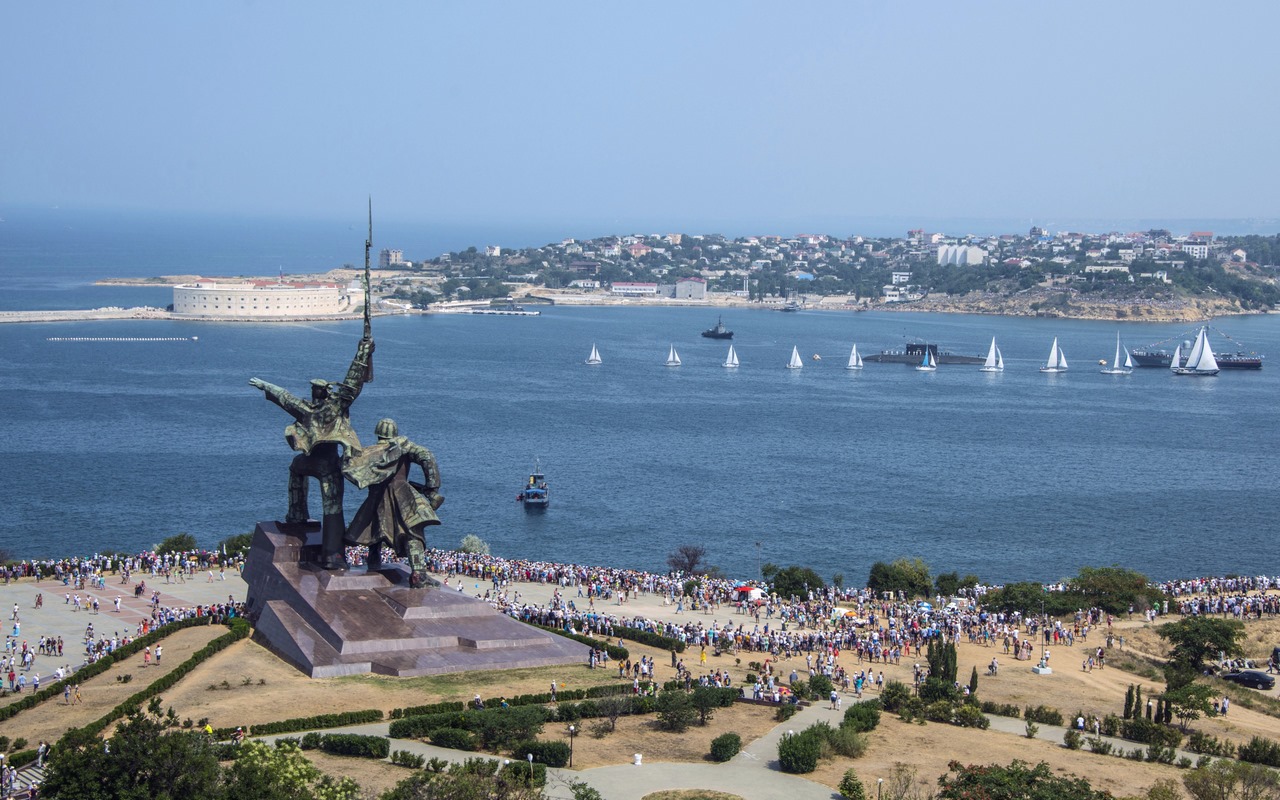
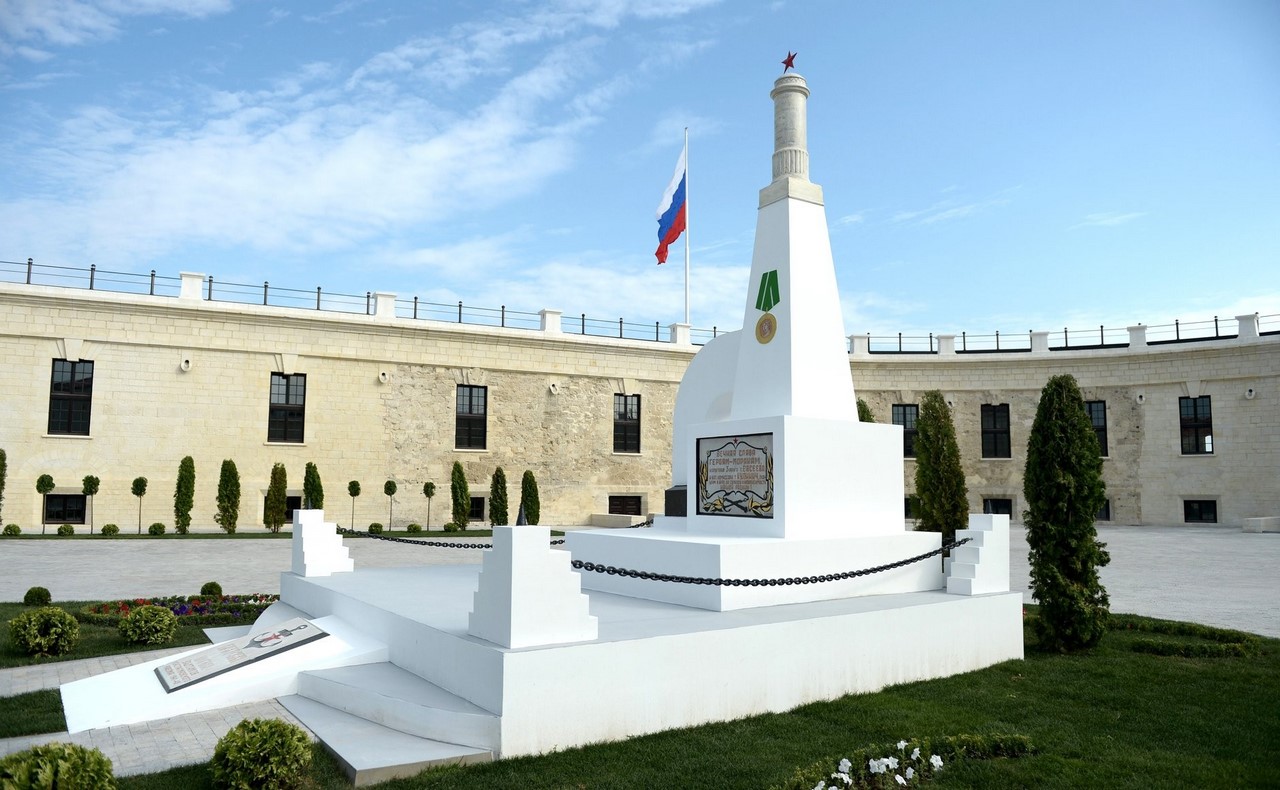
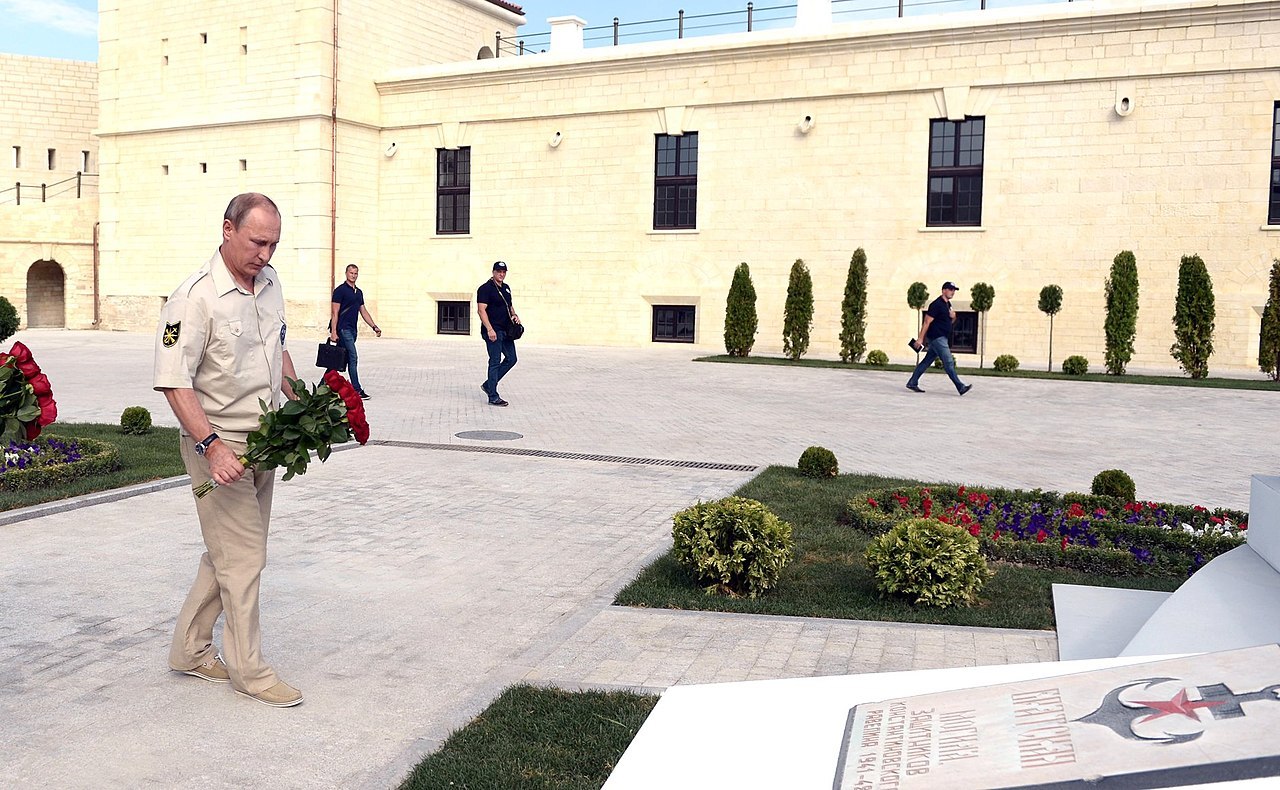
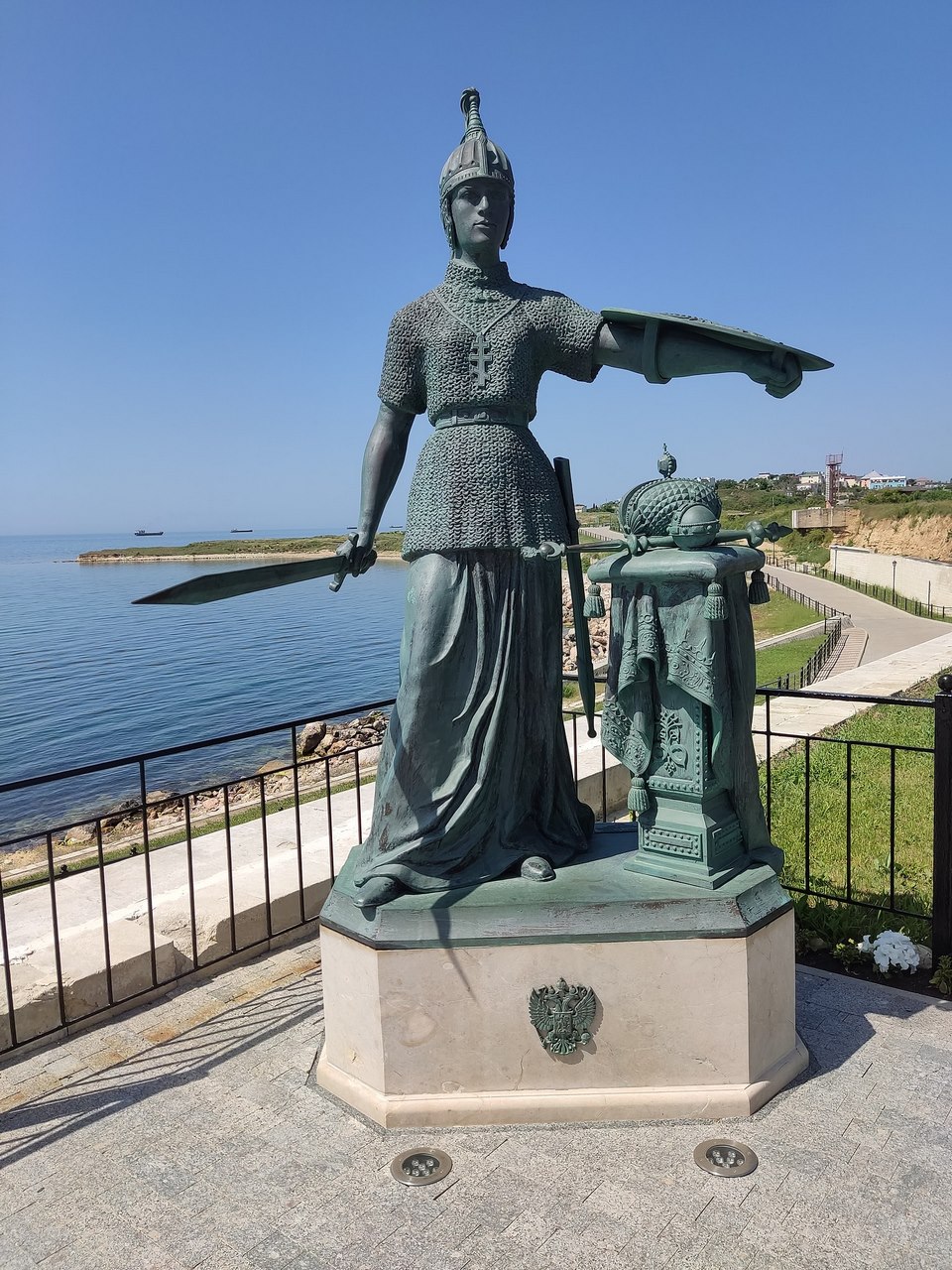
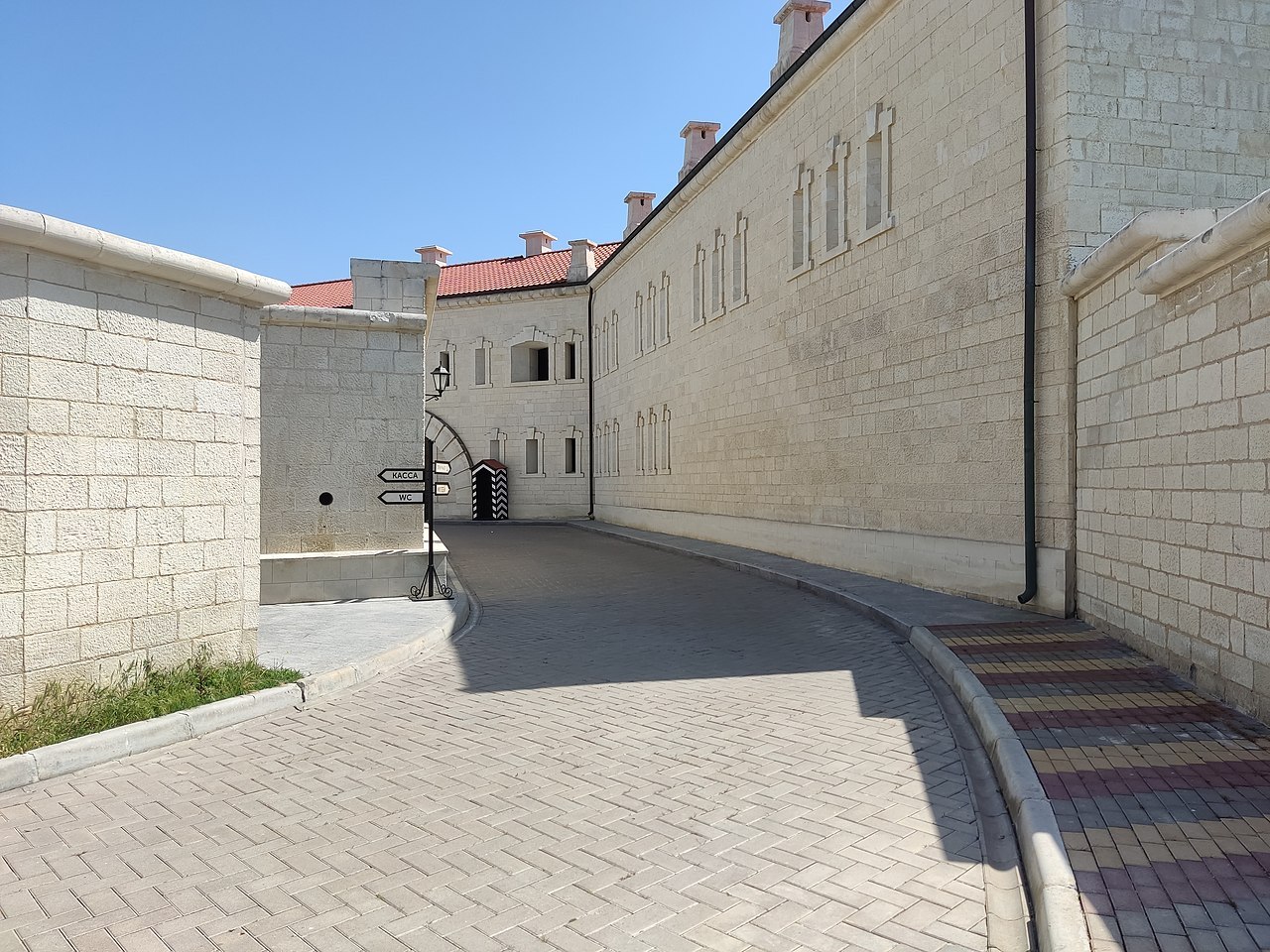
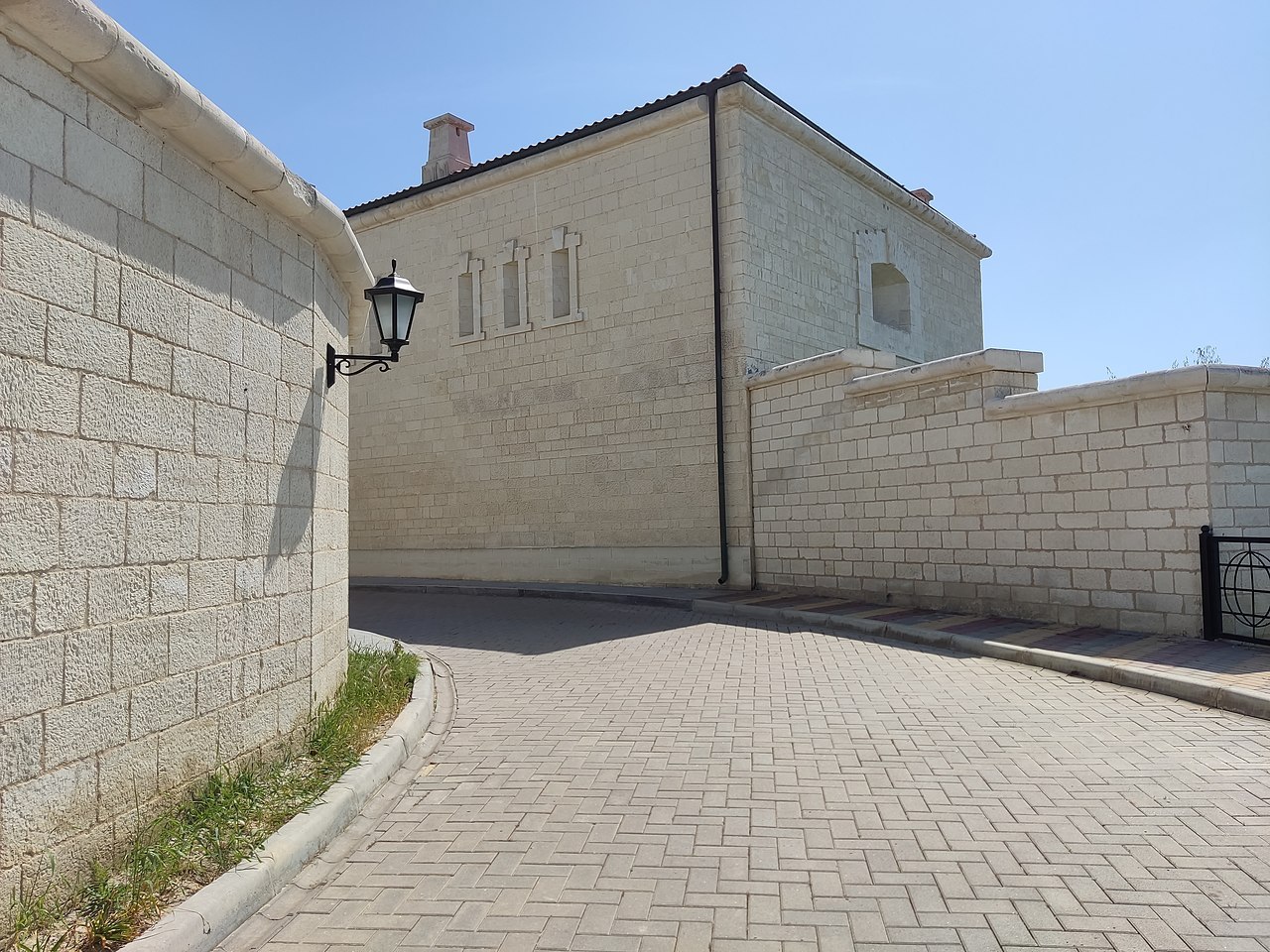
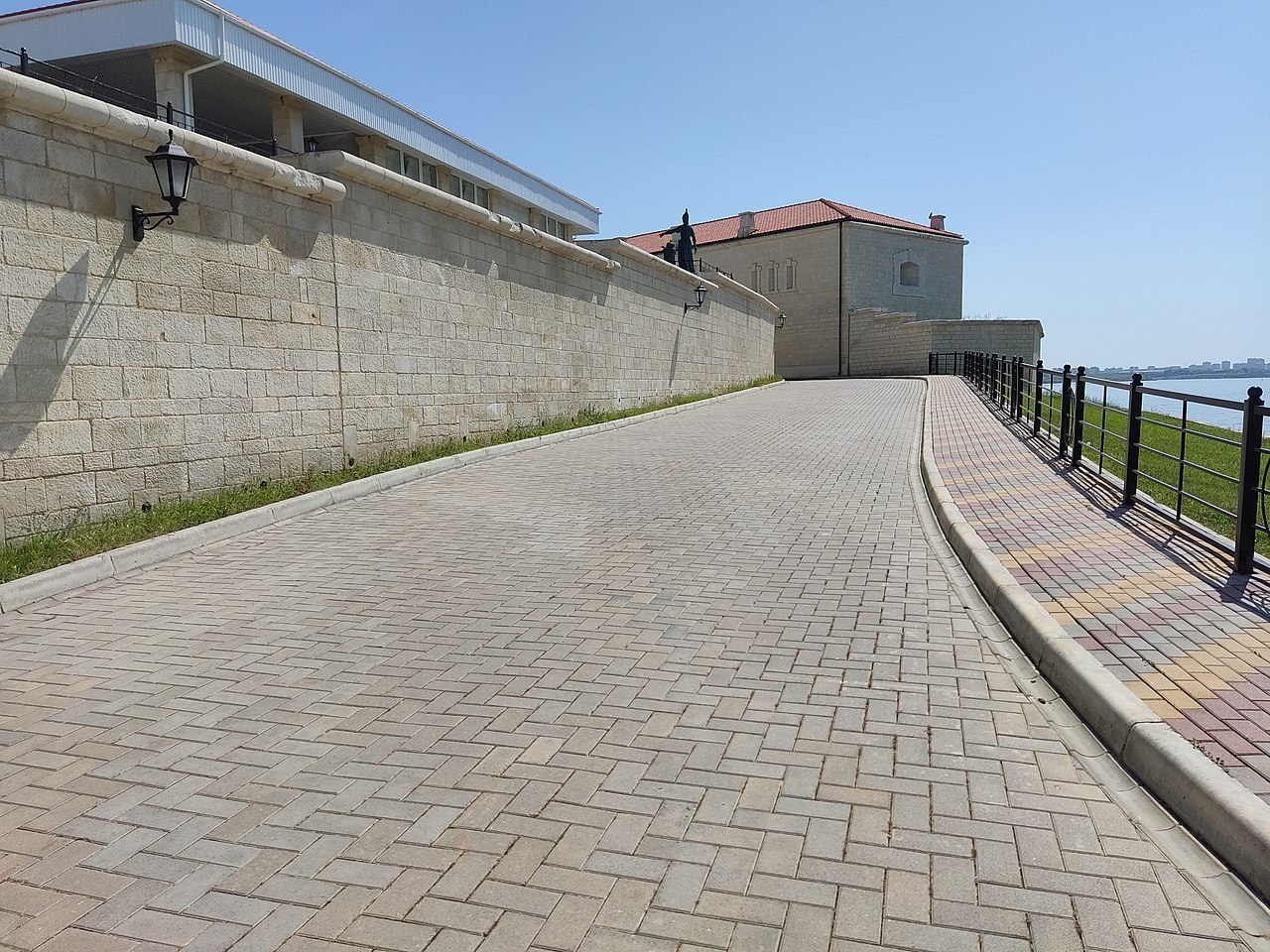
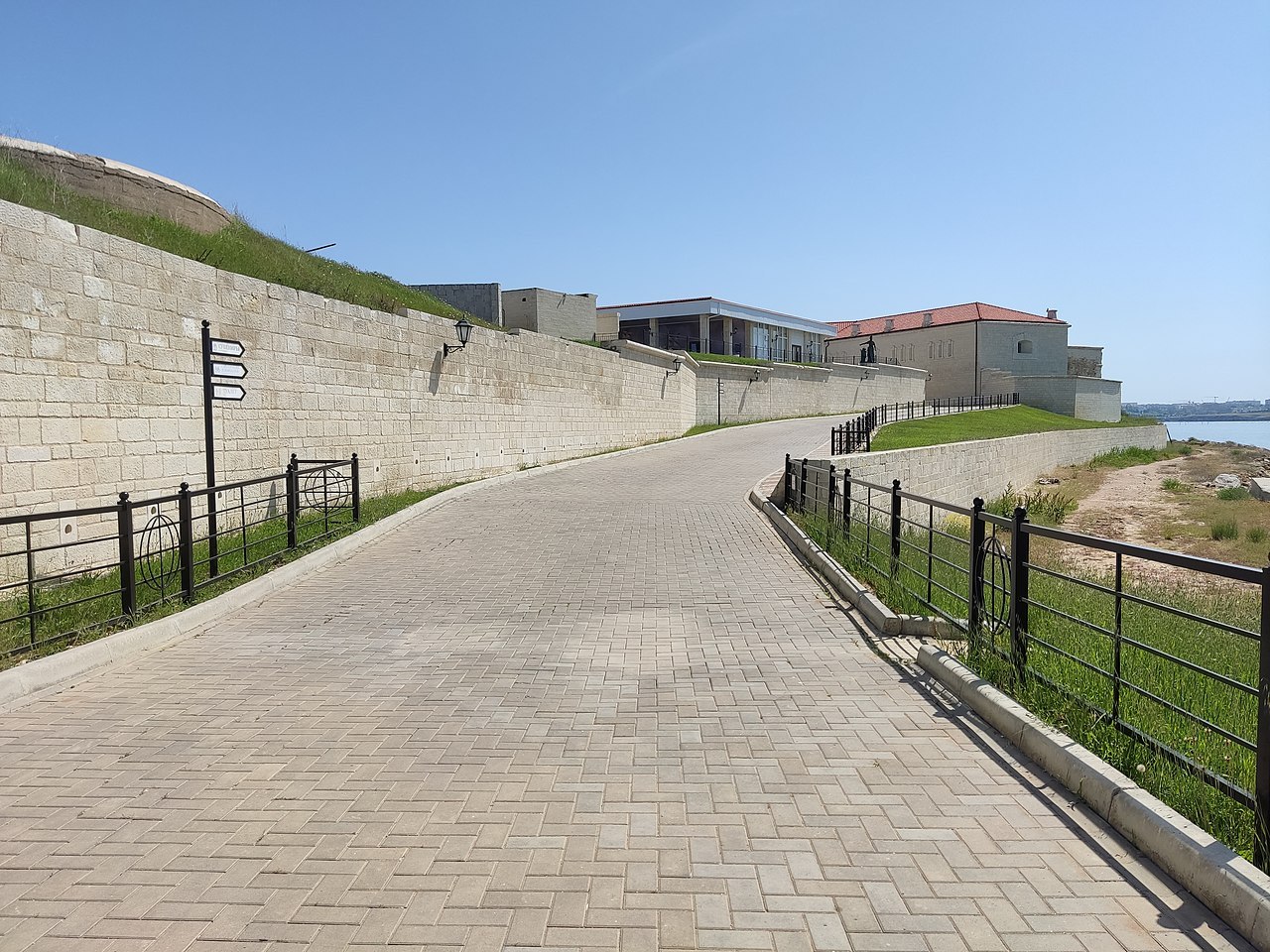
Video: Konstantinovsky Battery
History of the Konstantinovsky Battery
In 1774, after the end of the First Turkish War, Crimea gained independence from the Ottomans, but Turkish ships continued to feel at ease off the coast of the peninsula. Empress Catherine II, realizing the strategic importance of the Crimea, decided to annex it to the Russian Empire. The situation required a delicate approach, otherwise another war with the Turks would not have been avoided, so the honor to perform this task fell to the commander Alexander Suvorov.
.1778-1840
.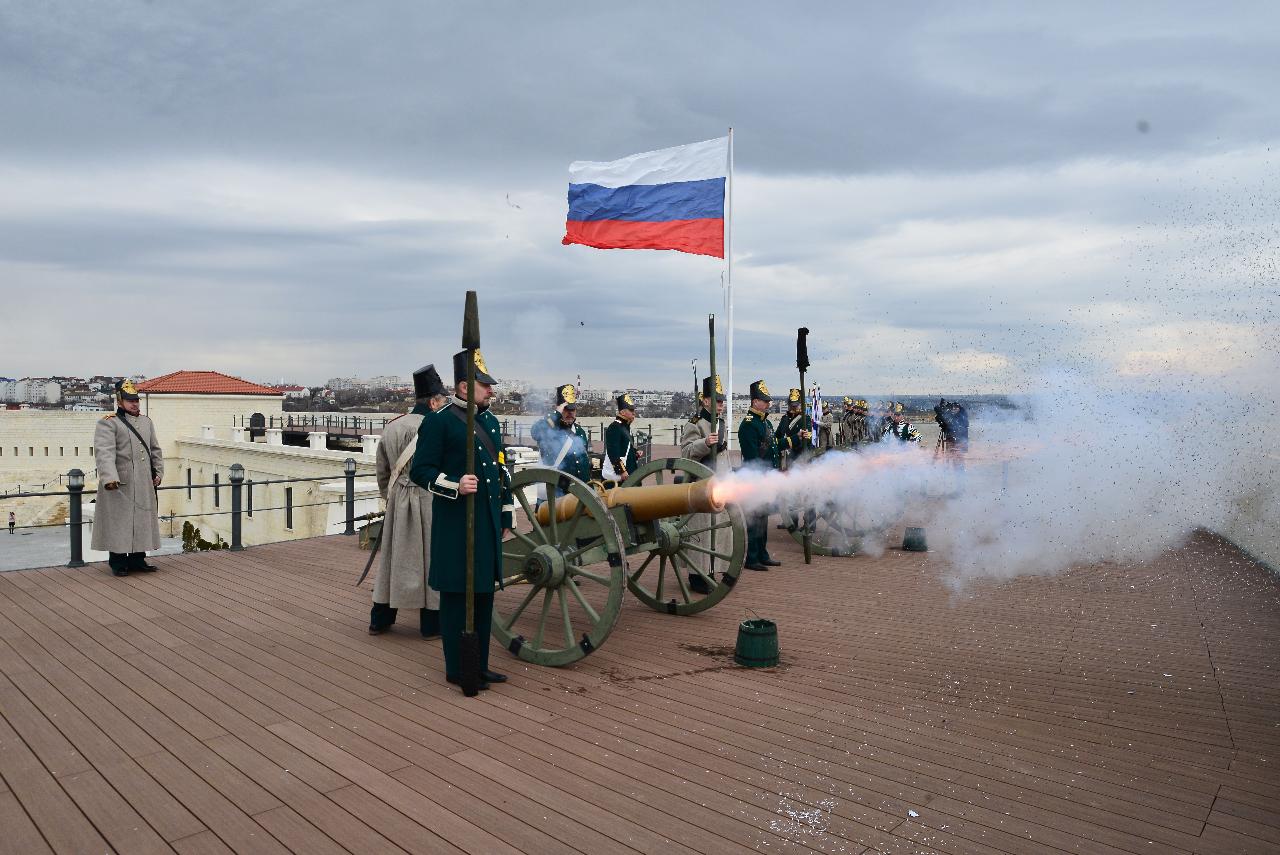
What to see
‘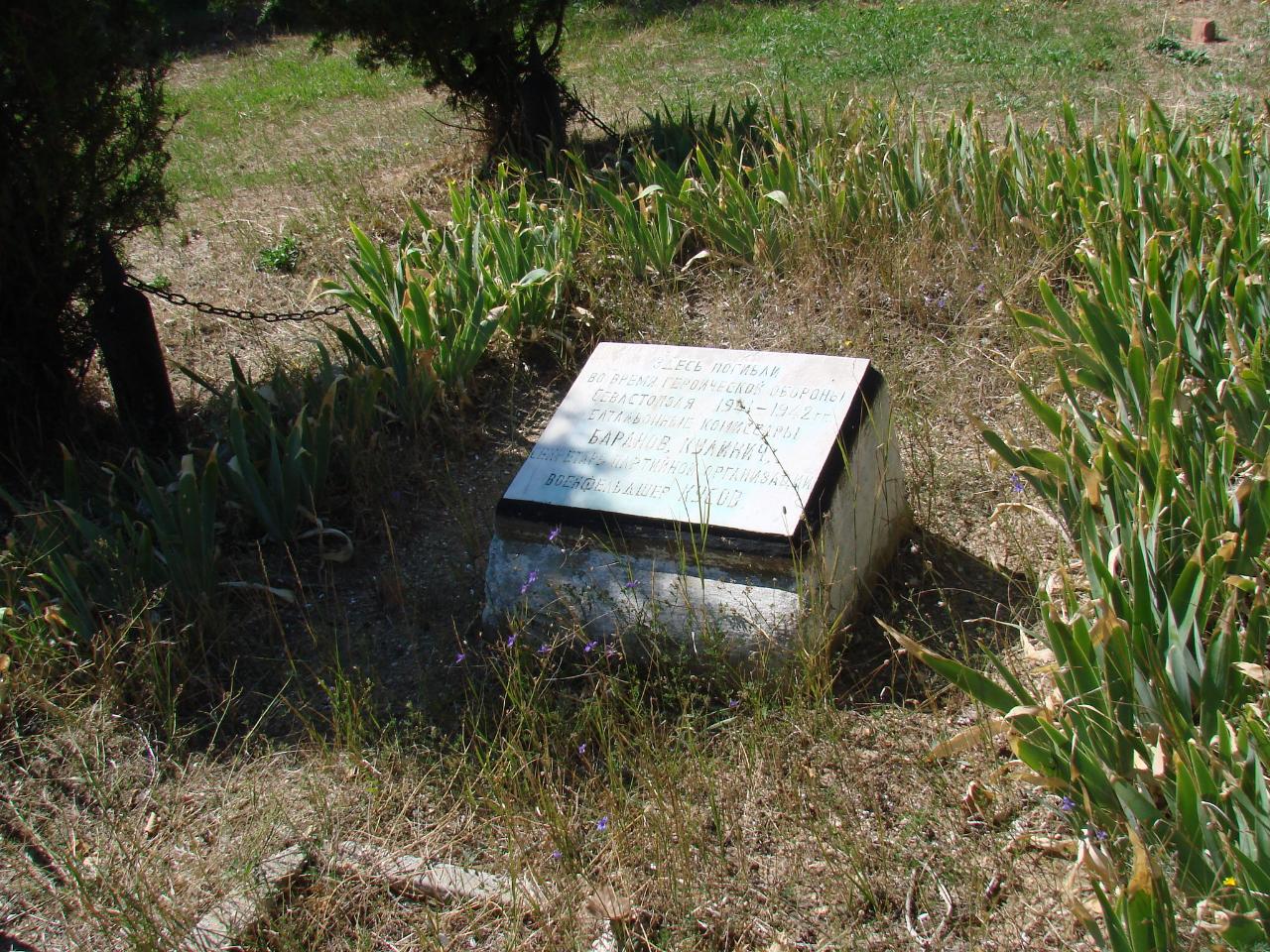

Exposition #1
The exposition of the museum No. 1 is located in the casemates. In the first exposition of the Konstantinov Battery there are weapons of the times of the Crimean and Great Patriotic Wars, installations of officers’ and soldiers’ everyday life. On one side of the corridor there are officers’ offices, bunks for soldiers with straw mattresses, medical rooms (here sisters of mercy rendered medical aid to the wounded), other living quarters, and on the other side there are weapons and loopholes. Since the casemates had excellent acoustics, sometimes concerts were organized between battles, because many of the highest military officials had musical instruments in their offices.
.
As for the objects of military life, they are presented in the museum in the form of name buttons found at the battlefields – so that in case of death of a soldier it would be easier to identify him, as well as casings, axes, flasks, shackles, soldier’s helmets. One of the most valuable exhibits of the exposition can rightly be called the fragment of a Ju 88 bomber shot down by the 76th anti-aircraft battery.
.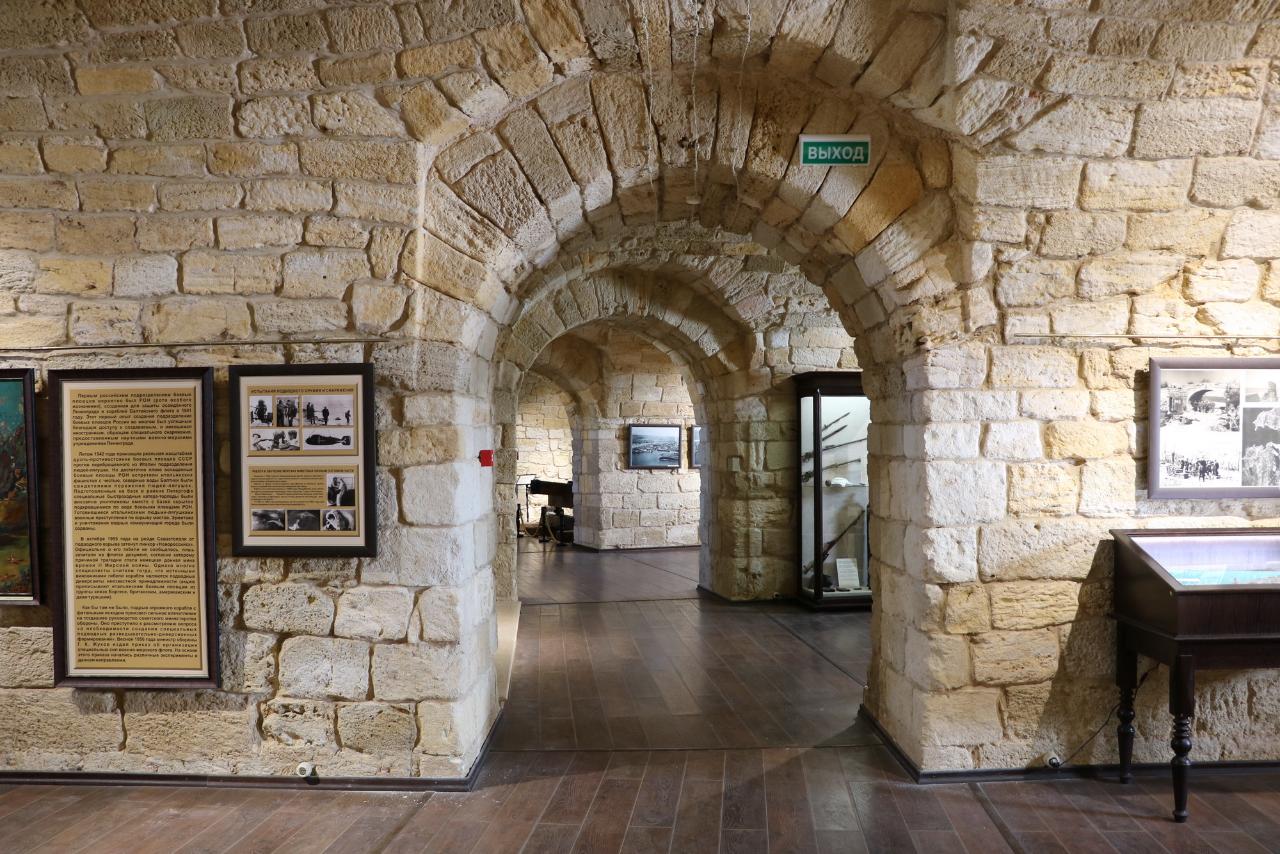

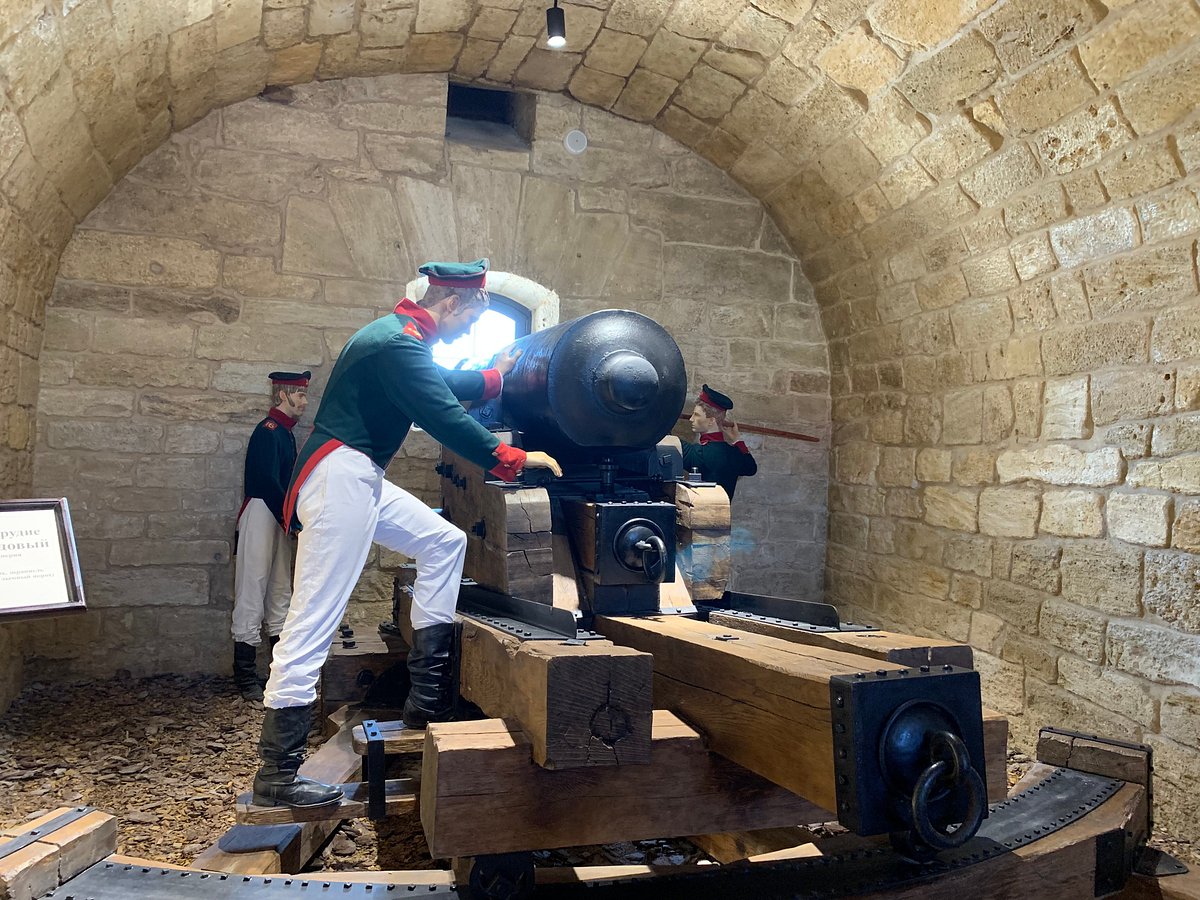
Exhibit #2


Exhibit #3
Exhibit #3 showcases the works of the winners of the annual photo contest “The Most Beautiful Country”. This is one of the large-scale media projects of the Russian Geographical Society, which is dedicated to education of careful attitude to the environment and preservation of wildlife in Russia. Visitors to the exhibition will be able to enjoy the beautiful landscapes of a diverse country, look at photos of wild and domestic animals, appreciate the splendor of our homeland from a bird’s-eye view, marvel at the uniqueness and uniqueness of the underwater world.
.Everyone can take part in the annual photo contest “The Most Beautiful Country”. The ideas, structure and nominations of the contest are based on the colossal 170 years of experience that the Russian Geographical Society has accumulated over the years of its existence. The photo contest was held for the first time in 2015. At that time, 25,000 photographers from all over the world took part in it and uploaded about 200,000 photos to the project’s website. The youngest participant of the first photo contest was 4 years old and the oldest was 98 years old.
.
Those works that are submitted to the contest are evaluated by the jury, which includes the president of the society Sergei Shoigu, famous photographers, public figures, representatives of the art world. The jury traditionally includes one of the winners of the previous photo contest.
.
In the summer period (from May 1 to September 30) the museum is open weekends from 10:00 to 18:00, in the winter period (from October 1 to April 30) – from Tuesday to Sunday from 10:00 to 17:00, except for those days when the museum and exhibition complex is closed for technical reasons.
.If you have a group of 5 people or more, tours of the Konstantinovskaya Battery are held once an hour. Duration of the walk – 55-65 minutes. The cost of photography – 50 rubles.
.Ticket prices: adult – 500 rubles, children (schoolchildren from 7 to 18 years) – 200 rubles, discount (on presentation of ID) – 300 rubles. You do not need to pay for the entrance to the courtyard.
.
Preferential ticket to the museum and exhibition complex “Konstantinovsky Battery” can buy pensioners, students, disabled group II, participants in hostilities, conscripts, liquidators of the Chernobyl accident, employees of museum institutions of the Russian Federation, adult members of large families, members of the Russian Geographical Society.
.Veterans of World War II and equated categories of citizens, children under 7 years old, orphans, disabled people of the first group, leaders of excursion groups, disabled children and their escorts can visit the museum free of charge.
.How to get there
The easiest way to get to the Konstantinov Battery will be by bus together with the tour group. Tourists traveling independently need to cross Sevastopol Bay. You can do this from the bay “Artillery” or Nakhimov Square. From there all year round public public city transport – ferry and boats.
.“Radiogorka” and “Severnaya” are the two receiving berths. To the museum and exhibition complex from the pier “Severnaya” can be reached first by bus number 49, and then walk for about 15 minutes. From the pier “Radiogorka” to the famous Sevastopol attraction public transportation does not go, so you will have to walk. On average, the road takes 25-35 minutes.
.If you drive your own or rented car, you can get to your destination by ferry across the bay, or bypass it through the village of Inkerman.
.